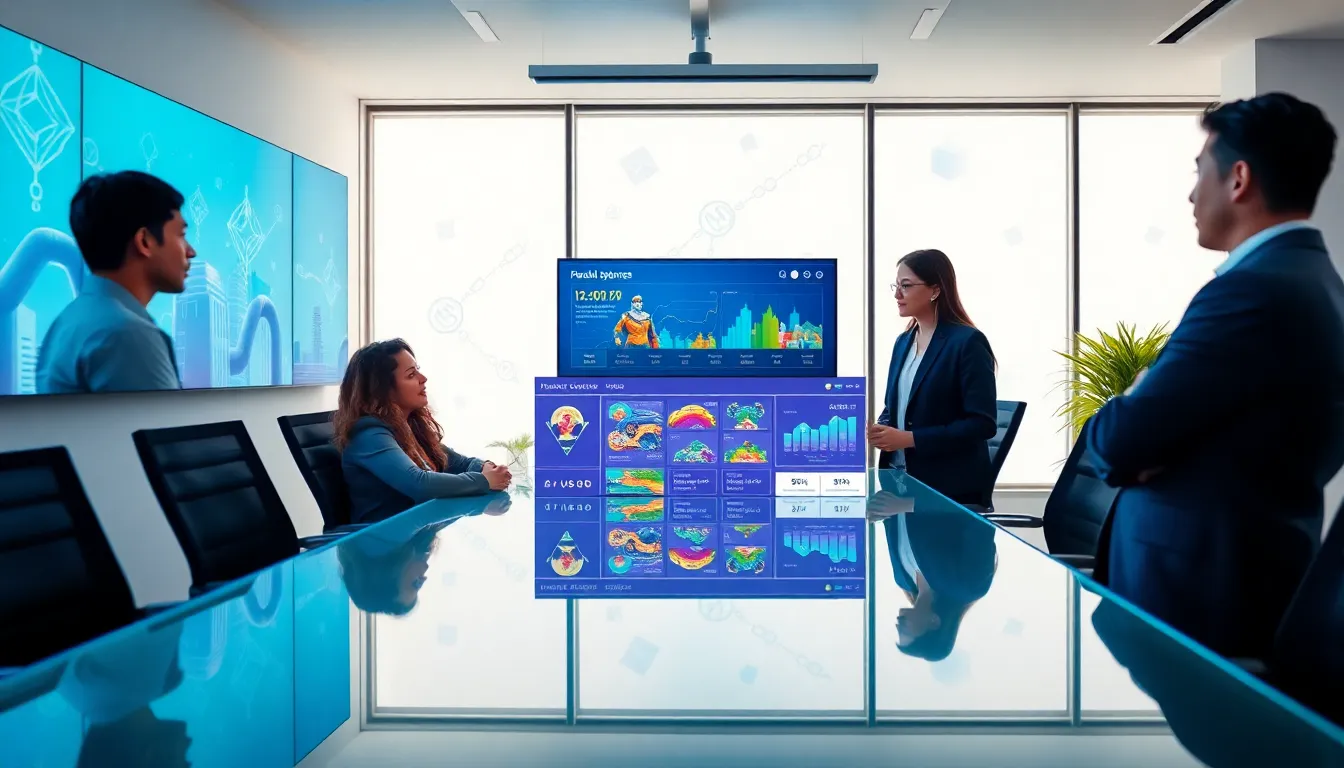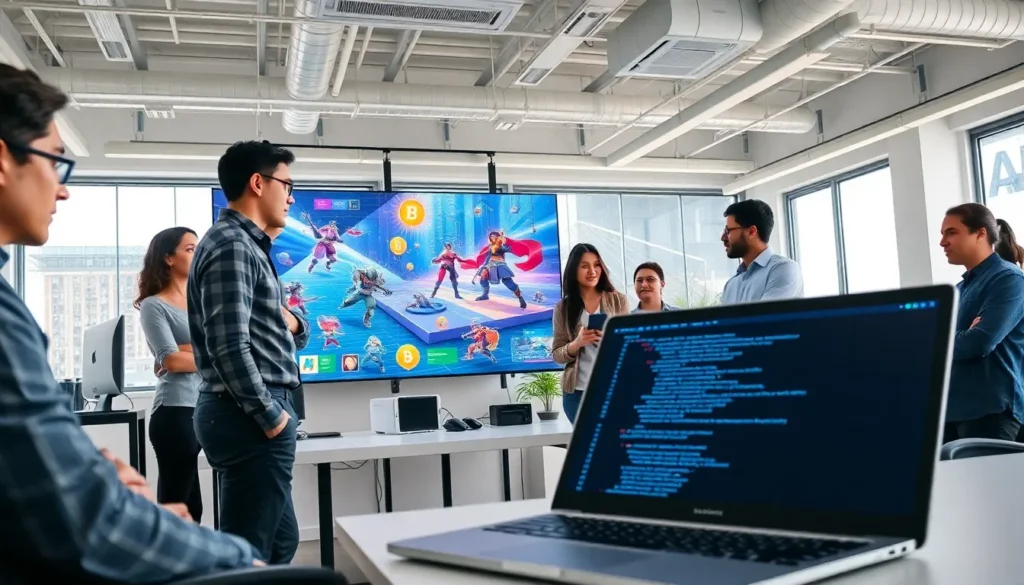As the world of gaming continues to evolve, the emergence of Non-Fungible Tokens (NFTs) is reshaping how developers create and monetize games. This innovative approach allows gamers to truly own their in-game assets, bringing a new level of engagement and investment to the gaming community. In this text, we will explore NFT game development, diving into its fundamental concepts, benefits, key elements, challenges, best practices, and the future of this burgeoning industry.
nft game development

NFTs, or Non-Fungible Tokens, are unique digital assets verified using blockchain technology. Unlike cryptocurrencies such as Bitcoin, which are interchangeable and fungible, each NFT has distinct information and attributes that make it one-of-a-kind. In gaming, NFTs represent in-game items, characters, or even virtual real estate, allowing players to buy, sell, or trade these assets in a decentralized manner.
The integration of NFTs in gaming changes the dynamics of ownership. Traditionally, players rent their in-game items: with NFTs, they can trade or sell them externally, creating real-world value. This transformation from mere possessions to tradable assets empowers gamers, fostering a sense of investment and commitment to their virtual worlds.
Benefits of NFT Integration in Games
Integrating NFTs into games presents numerous advantages. Firstly, it increases player engagement. When players know they can own and trade their assets, they are more likely to invest time and effort into the game. This emotional investment often translates into higher retention rates.
Secondly, NFTs provide diverse revenue streams for developers. Plus to traditional sales, developers can incorporate marketplaces where players buy, sell, and trade assets. This boosts player involvement while generating income for developers beyond the initial purchase.
Also, NFTs can enhance player communities. Players can participate in governance through token ownership, voting on game updates or in-game events. This community-driven approach creates a sense of belonging, fostering loyalty and a deeper connection to the game.
Key Elements of NFT Game Development
Developing an NFT game involves several key elements. First, blockchain choice is crucial. Selecting the right blockchain ensures scalability and security. Ethereum is currently the most used, but alternatives like Binance Smart Chain or Polygon offer lower transaction fees.
Next is the creation of smart contracts, which manage asset ownership and transactions. These self-executing contracts remove intermediaries, making transactions seamless.
Also, developers must focus on game design. NFTs should enhance gameplay, providing value rather than merely serving as collectibles. Integrating unique attributes, like rarity or special abilities, can add depth to the gaming experience.
Finally, consider user experience. The onboarding process should be intuitive, as many players may be unfamiliar with blockchain technology. Ensuring easy wallet integration and a smooth marketplace experience can significantly enhance player satisfaction.
Challenges Faced in NFT Game Development
Even though its potential, NFT game development comes with challenges. One of the most significant is regulatory uncertainty. As governments continue to define how NFTs are classified and treated, developers may face unexpected legal hurdles that could affect their projects.
Another challenge is market volatility. The NFT market can be unpredictable, with asset values fluctuating widely. Developers must create games that can retain player interest and value even though market changes.
Besides, there’s the issue of environmental concerns. Many blockchain networks consume vast amounts of energy. Developing games on eco-friendly blockchains or mitigating their carbon footprint is becoming increasingly essential to address player and societal concerns.
Best Practices for Successful NFT Games
To achieve success in NFT game development, developers should adopt several best practices. First, prioritize community engagement. Actively involve players in the game’s development process through feedback channels and community events. This not only fosters loyalty but also builds a dedicated player base.
Second, maintain transparency. Being open about game mechanics, monetization strategies, and the utility of NFTs can build trust among players.
Third, ensure quality over quantity. Instead of flooding the market with NFTs, focus on creating unique and valuable assets that enhance gameplay. This approach can maintain player interest over time.
Finally, continually iterate and improve. Act on player feedback and stay updated on industry trends. The gaming landscape is ever-changing, and adaptability is vital for long-term success.
The Future of NFT Game Development
The future of NFT game development looks promising. As technology advances, new possibilities emerge. One potential shift could be the integration of virtual reality (VR) and augmented reality (AR) with NFT games, making experiences even more immersive. Imagine exploring a virtual world where your NFT items have physical characteristics, enhancing gameplay and interaction.
Also, collaborations between gaming companies and traditional institutions, like art galleries, fashion brands, or musicians, could create hybrid experiences that attract a broader audience. This cross-industry fusion could lead to innovative gameplay that marries entertainment with digital commerce.
Eventually, as blockchain technologies evolve, the concept of ownership in gaming will continue to redefine itself, paving the way for more engaging and economically viable gaming experiences.


More Stories
Beginner Game Development
Python For Game Development
Game Development Process